![]() 984
984
The castle of Calcione has been in existence since the X century.
The earliest records of Calcione are in a document of the State Archives in Siena, which mentions a contract drawn up in 984 “in castrum Calcionis”.
We do not know the exact origin of the name “Calcione”: for some theories it seems to derive from an Etruscan family or from an Etruscan personal name, “Calcinea”, but others refer to the lime kilns, very common in the area at the beginning of the 10th century. A local priest speculated that the name referred to “calcaneus” (heels) which in Latin sounds identical to lime (clax, calcis), because Calcione was located at the southern end of Tuscany, the heel of the region. Moreover, the colonizing and military presence of the Etruscans and Romans in these areas was noteworthy.
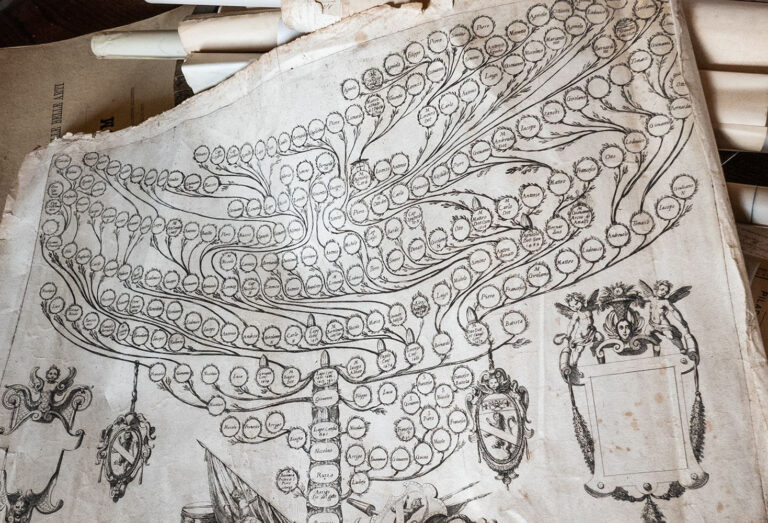
![]() 1100
1100
As early as the XI century, the rule and jurisdiction over the castle of Calcione lay with the monks of the Order of St. Eugenius of Siena, an order that disappeared in the eighteenth century which had its headquarters in what at the time was defined a “monastery-fortress”. In fact, it was probably not a proper castle, but another type of construction that, in addition to its monastic and religious destination, had a control function, probably partly also military, along a border line towards the valley of Valdichiana.
![]() Late XII century
Late XII century
In the XIII century, the castle and domain of Calcione were bought by the Tolomei family of Siena.
In a document dated 7 May 1385 addressed to the Municipality of Florence, the Tolemei family communicated their intention to enhance their possessions and ensure their defense by building Castello del Calcione.
In 1381, Diego Tolomei gave the castle to the Republic of Florence, who in 1423 donated it to the Hospital of Santa Maria Nuova in Florence. Later it passed to the Genoese Ludovico di Campofregoso, as attested in a document dating back to August 31, 1470.
![]() 21 October 1483
21 October 1483
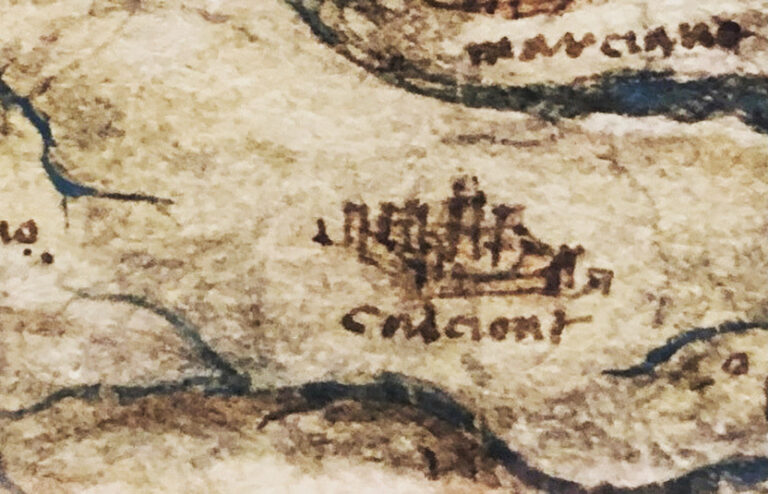
Once again in the hands of the Florentine administration, on 21 October 1483, Calcione was bought by Luigi di Angiolo della Stufa.
The county of Calcione was, since then and for over seventy years, a Florentine military outpost against the State of Siena, right on the border. Even today the limits of the property follow the same route, between the provinces of Arezzo and Siena. After the conquest by the Medici of the city of Balzana in 1555, the county of Calcione, a little less than a century later, was elevated to a marquisate by Grand Duke Ferdinando II in 1632, handing it over to Pandolfo della Stufa and his direct descendants, confirming the title of count to all his brothers.
Probably, Leonardo da Vinci stayed in Castello del Calcione, as an architect and engineer on behalf of Cesare Borgia, when in 1500 he studied a project for the hydraulic arrangement of the Valdichiana. This is also derived from the attention to detail in the cards designed for this purpose. In map RL 12278 Windsor Castello del Calcione is also drawn, evidently considered an important geotopographic detail in his studies.
![]() 1555
1555
Calcione lost many of its military characteristics, becoming over time a country residence as part of a strong hunting activity and at the beginning of the XVIIII a farm managed with that economic regime, of Tuscany, which was the peasant sharecropping.
The sharecropping is a management system and type of agricultural contract that provides for the concessions of farms by an owner to a sort of family-type management and equipped with a farmhouse and various agricultural infrastructures (stables, granaries, barns, wells, etc.) in commercial lease of short term. The contracts that formalize this relationship are mostly in written form and very detailed between the two legally free contractors while the land belongs to one of them, with parties assuming the division in half of the main agricultural and livestock products and the sharing (in various forms) of landlord and sharecropper to the operating expenses and capital necessary for the farm.
Under this type of management, 50 years ago the castle with its farm, was well known for the fervor of agro-forestry-pastoral activities also in terms of technical avant-garde that were exercised over an area of 1200 hectares.
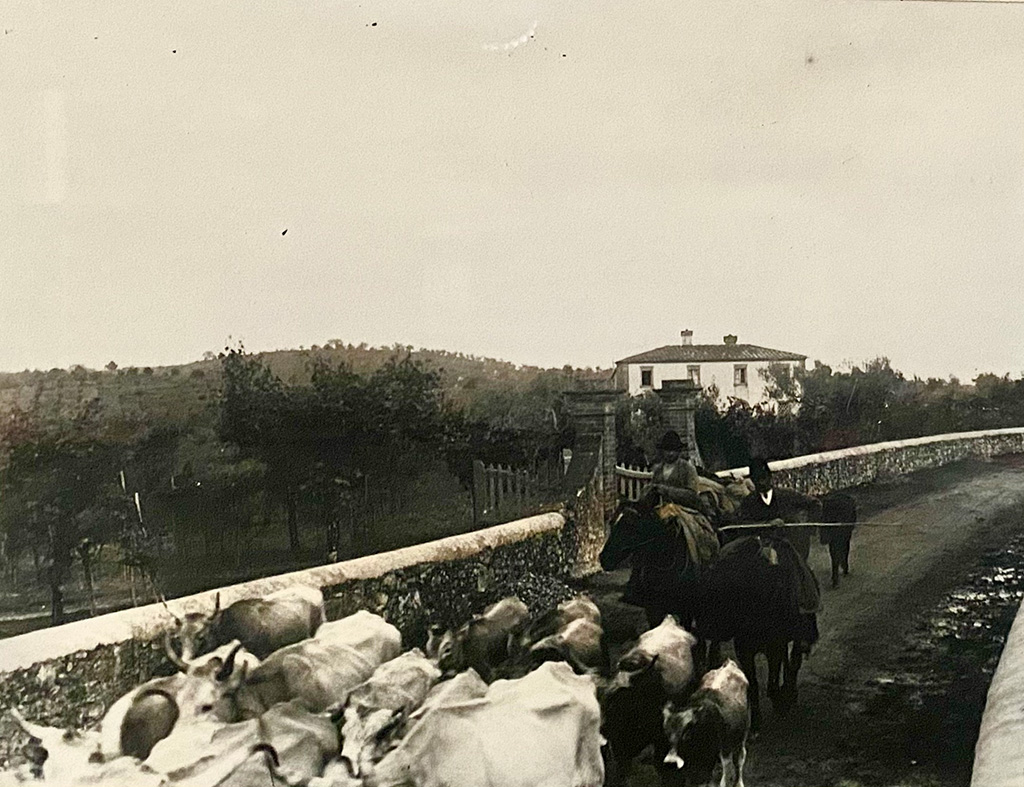
![]() Mid 1970
Mid 1970
A process of modernization began, reaching its peak after the 1930s also with various interventions for the improvement of the social conditions of the settlers, with the notable development of mechanization.
An elementary school was established to reduce widespread illiteracy with evening classes for adults. Extensive plantations were carried out with modern agronomic techniques. The company received an award at the Tripoli International Fair and, in 1938, it first came to a national competition “for excellent technical and economic results achieved despite the difficulties of the agricultural environment”. Even the genetic selections and phytosanitary aspects were particularly taken care of, as the agronomic cultural contribution with with lessons to the colonists by doctors in agricultural sciences.
With the end of sharecropping in 1964 and the exodus from the countryside to the cities, the territory of Calcione became depopulated and gradually lost its importance as a forestry agricultural center. Since the middle of 1970s, it was converted into an agriturismo.
![]() 1983
1983
In 1983 Alessandro Lotteringhi della Stufa celebrated the five centuries that his family lived in Calcione.
![]() Mid 1990
Mid 1990
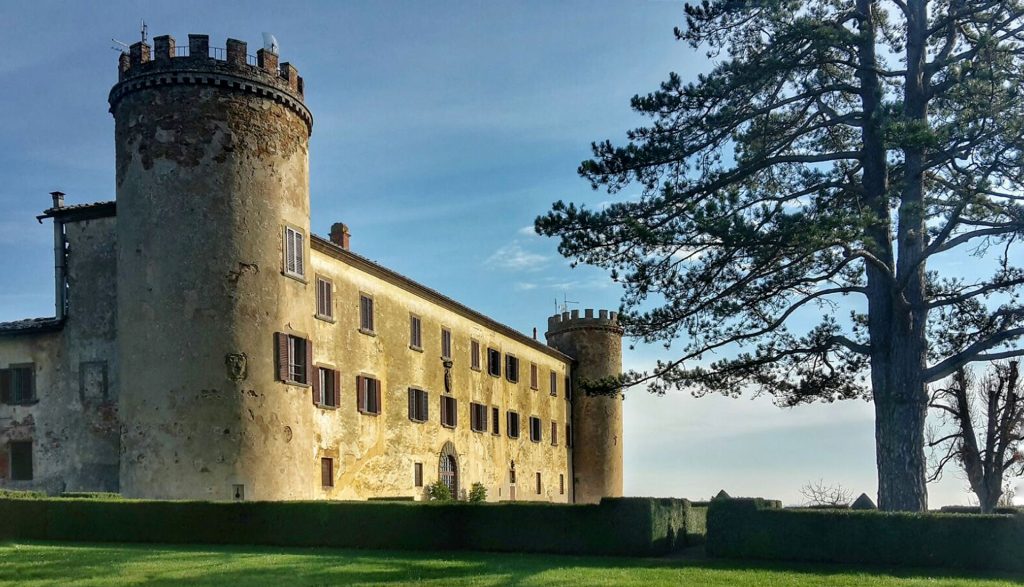
Since mid 1990, Calcione is an organic farm located in the municipality of Lucignano in the province of Arezzo, still today, as in the 1300s, it is located exactly on the border between Arezzo and Siena, along the Foenna waterway. The company covers 500 hectares, mainly wooded with a small production of olive oil, and also includes fourteen farmhouses.
The Castle, notified in 1939, is part of the Historic Houses.
![]() 2020
2020
With the outbreak of the Covid-19 pandemic, Selvaggia, the oldest of the last grandchildren of Pianetti Lotteringhi della Stufa family, came back to live in Calcione, settling in one of the farmhouses that had not been used for years: La Fornace.
Fornace was originally the place where the bricks that were used to build the other houses in the area were baked. Shortly thereafter friends from various parts of the world moved to the new house, escaping from their suffocating city apartments and taking refuge in the countryside.
A small community of about ten people was born: someone was studying, someone was working remotely, someone was simply enjoying life in the countryside. The protraction of the pandemic has allowed this new life experiment to continue for several months, during which the inhabitants of the Fornace have often wondered about the future of the place that was hosting them. From this continuous and lively exchange of ideas, dreams, hopes, the desire to enhance Castello del Calcione and its territory, renewing its offer while maintaining consistency with its strong identity, has been consolidated. From this inspiration, more and more new projects have been born: the re-branding of the Castle, the new social campaign, the merchandising, the re-styling of the farm houses, the new offers of the stable, events, etc.
Paradoxically, in a historical moment in which the whole world has stopped, Calcione has taken its first steps towards the future.
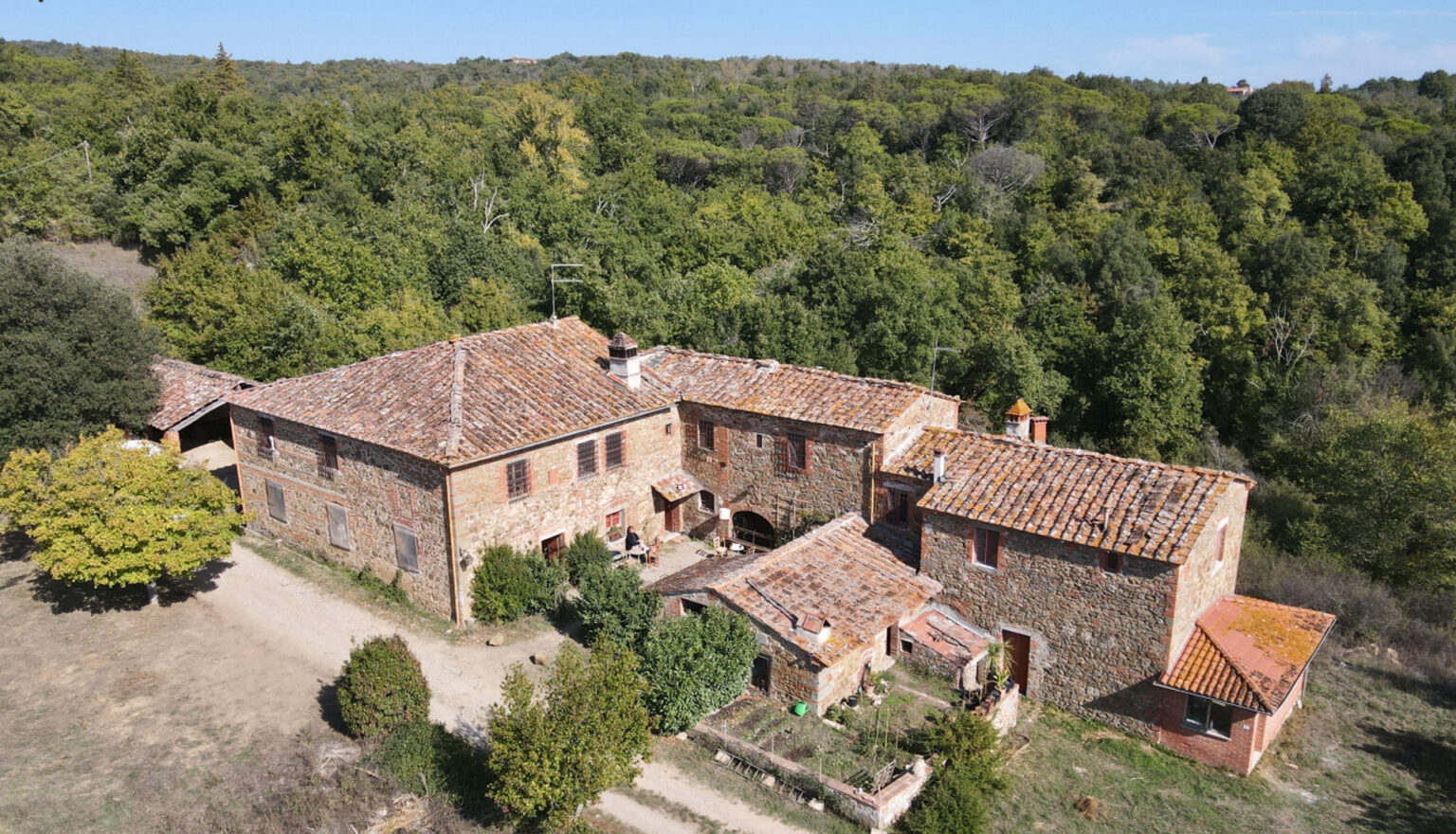
Mon - Fri, 9.00am until 6.30pm

